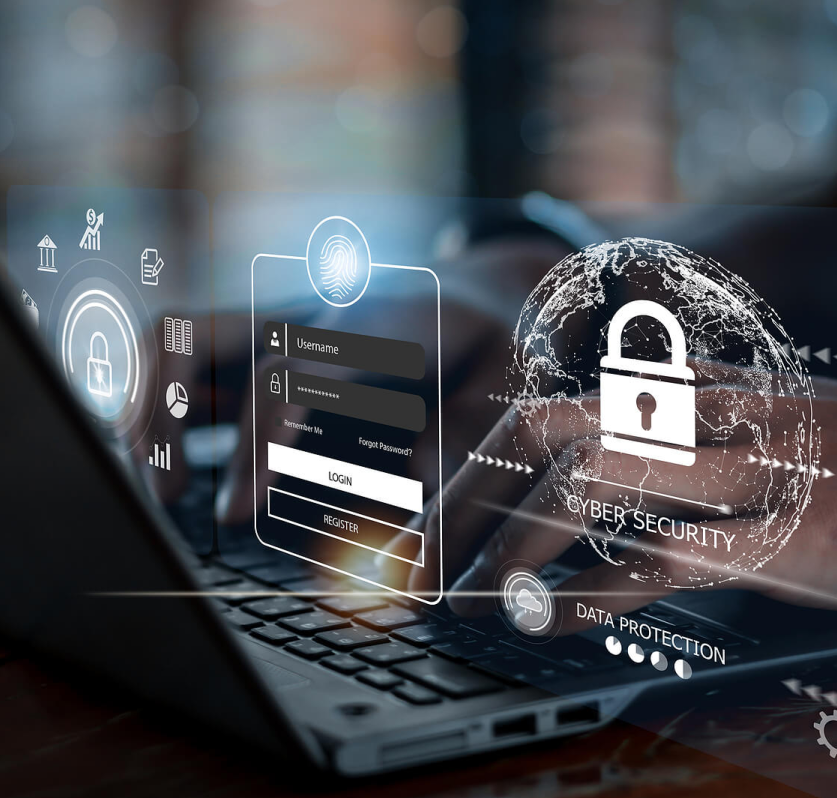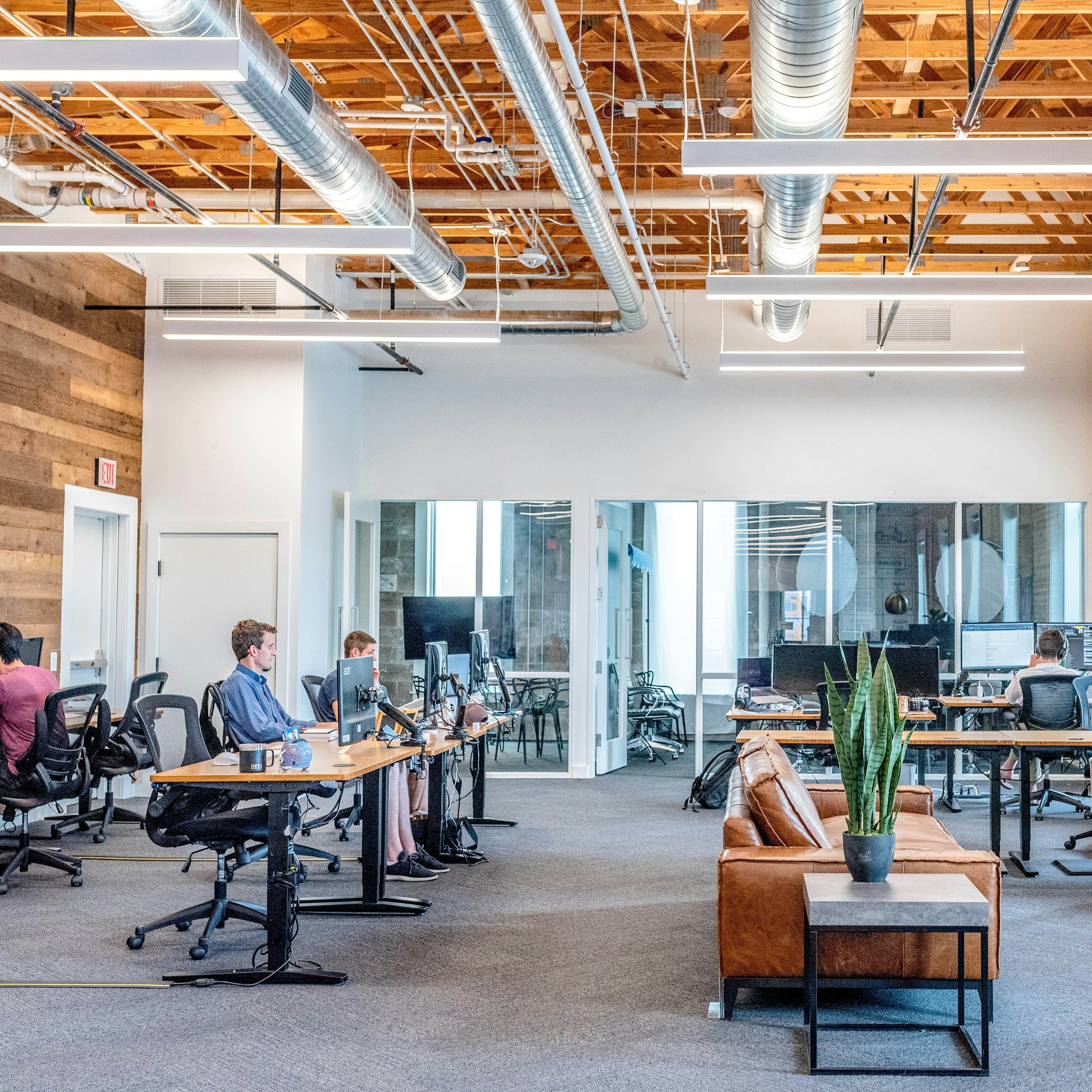Chapter 1: The CISO Mindset
Being both strategic and tactical
One of the biggest mindset and operational shifts to a CISO role is the importance of being both strategic and tactical.
While IT roles primarily focus on managing and maintaining technology infrastructure, a CISO must integrate cybersecurity into the broader business strategy. This involves a dual mindset: handling day-to-day tactical operations such as selecting and managing security tools, and engaging in strategic planning to align cybersecurity initiatives with the organization’s long-term goals. This includes effective communication with the C-suite and board, understanding regulatory requirements, and anticipating future security needs based on business growth and market changes.
By balancing these strategic and tactical aspects, a CISO ensures that cybersecurity is not merely an operational function but a key component of the business’s overall strategy, driving both security and business success.
Strategic:
- Focuses on aligning the security program with the business’s long-term goals (e.g., over five years).
- Communicates at the C-suite and board level.
- Involves high-level business decisions such as acquisitions, IPO preparations, and compliance with new regulations.
- Shapes policies, procedures, and requirements based on the business’s strategic direction.
- Example: A company aiming to increase revenue through an acquisition may need to invest $60K in external auditing to meet new requirements. A CISO would help management assess the cost/benefit of this move.
Tactical:
- Involves the selection and management of security tools.
- Ensures that these tools are functioning correctly and providing necessary reports.
- Focuses on the operational aspects of cybersecurity to support the strategic goals.

Adopting a risk management approach
One of the main distinctions between MSPs and MSSPs and a CISO is their approach to solving security challenges. Rather than relying primarily on security tools, CISOs think more broadly about the risk environment and constraints, using various means to manage security and compliance effectively.
Accepting, transferring, or mitigating risk. Mitigation involves implementing controls, which can be administrative (policies), technical (IT solutions), or physical (physical security measures).

Thinking like an attacker
A critical aspect of a CISO’s mindset is the ability to think like an attacker in order to better identify potential weaknesses and implement strategies to mitigate them.
This involves anticipating how a system can be compromised and what you can control, by:
- Anticipating various threats: CISOs focus on what can be controlled to minimize risk. This proactive approach includes not just technical defenses but also physical and procedural measures.
- Implementing comprehensive security measures: By thinking like an attacker, CISOs can devise comprehensive security measures that go beyond traditional IT solutions.

To think like an attacker, CISOs must take into account:
- Physical security: Ensuring physical access controls are robust and cannot be easily bypassed by social engineering or physical cloning techniques.
- Employee awareness: Training employees to recognize and respond to suspicious activities, such as someone lingering in areas where they can clone badges.
- Incident response: Developing and implementing incident response plans that consider both cyber and physical security breaches.
Example: Consider the security of employee badges. If badges display company logos, a malicious actor can easily clone them by snapping a photo. To mitigate this risk, CISOs might implement color-coded badges without logos, making it harder for an attacker to duplicate them. Additionally, understanding that hackers might exploit common areas like smoking sections, a CISO would ensure that employees are aware of such tactics and implement measures like monitoring and securing these areas to prevent unauthorized physical access.
Thinking like an attacker allows CISOs to foresee potential threats and proactively secure their organization against a wide range of risks. This strategic approach ensures that both digital and physical vulnerabilities are addressed, creating a comprehensive and resilient security posture.
Business-oriented thinking
CISOs need to be business-oriented to effectively integrate cybersecurity into the broader strategic goals of an organization.
Unlike traditional IT roles focused solely on technical solutions, CISOs must understand and align their security initiatives with the company’s long-term objectives. This enables CISOs to make informed decisions, prioritize security investments that align with business priorities, and communicate effectively with the C-suite and board, ultimately fostering a culture of security that is integral to the organization’s success.
This includes:
Understanding the company’s long-term objectives and how cybersecurity strategies can support these goals.

The difference between CISO & non-CISO mindsets
| CISO mindset | Non-CISO mindset |
|---|---|
| Focus on strategy and tactics – how can I prevent this and align it with long-term goals? | Focus on tactics – how can I fix this? |
| Focus on holistic risk management – how can I manage risk with people, processes & technology? | Focus primarily on tools – how can I buy more protection? |
| Focus on business impact – how will an outage affect my ability to deliver these services to these clients? | Focus on technical problems and solutions – how will an outage affect this and this system? |
| Think like an attacker – compliance is the bare minimum, attackers don’t care about compliance. | Think only about compliance – compliance is the goal. |

Below is an example of a real-world challenge that many CISOs face:
Scenario:
A bank client wants to transition its website from internal hosting to being managed by an external marketing company.

CISO approach:
- Think like an attacker: To understand and mitigate risks, the CISO adopts a hacker’s perspective, considering worst-case scenarios to better identify and communicate risks. This approach ensures that business expansions and new initiatives are done securely without hindering growth.
- Security inquiry: The CISO must ask detailed questions about the marketing company’s security measures. Specifically, it’s crucial to know what security features are available and which ones are actually being implemented.
- In this case, the marketing company couldn’t prove their security measures, raising significant concerns.
- Business vs. security risk: The CISO evaluates the move from both a business and security standpoint. While the transition might be the right business decision, it poses significant security risks if the marketing company cannot demonstrate their security protocols.
- Advising on alternative solutions: The CISO discusses with the director of marketing, sharing that the marketing company didn’t offer satisfactory security measures, and advising on alternative approaches
- The solution: The CISO suggested an external party (with adequate security measures) to host the website. Price went up, but we could guarantee security. The suggestion was approved by management.
Thinking like a CISO involves the following:
- Strategic and tactical thinking: A successful CISO balances both strategic planning and tactical execution, ensuring cybersecurity aligns with the organization’s long-term goals while effectively managing daily security operations.
- Risk-focused approach: Unlike IT roles that prioritize tools, a CISO adopts a broader risk management perspective, using various strategies to identify, assess, and mitigate risks while respecting the client’s decision-making process.
- Attacker’s perspective: Thinking like an attacker is crucial for a CISO, allowing them to anticipate potential threats and implement comprehensive security measures that address both digital and physical vulnerabilities.
- Business-oriented mindset: A CISO must integrate cybersecurity with the organization’s business objectives, ensuring that security initiatives support growth, protect critical assets, and enhance overall business resilience.




